
INTACH: Idea of Mangaluru explored
Mangalore Today News Network
Photo: Harish Prasad
Mangaluru, Feb 08, 2019: INTACH Mangaluru Chapter hosted ‘The Idea of Mangalore’, a talk by renowned historian and author Prof. B. Surendra Rao on Friday, February 08 at Kodial Guthu Heritage House (West Annexe) at Ballal Bagh in the city.
Giving a historical perspective on the evolution of the city’s identity, Prof. Surendra Rao said that the area we now know as Mangalore was known even before the pre-Christian era, during the Asokan period. “All of us have some notion about our city, but this region has been noted for a long time in history because of the status that it has enjoyed as a port city,” he said. Prof. Surendra Rao, who has authored several books on the local history, was formerly a head of the department of History at Mangalore University.
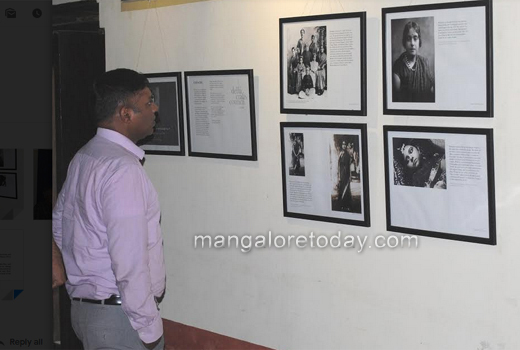
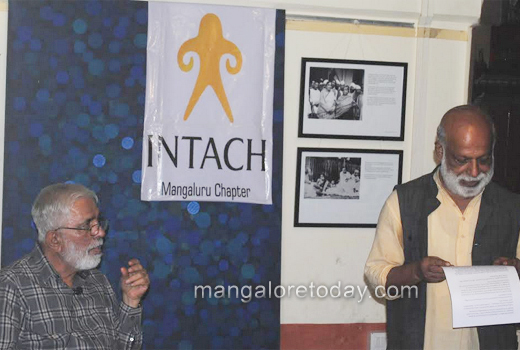
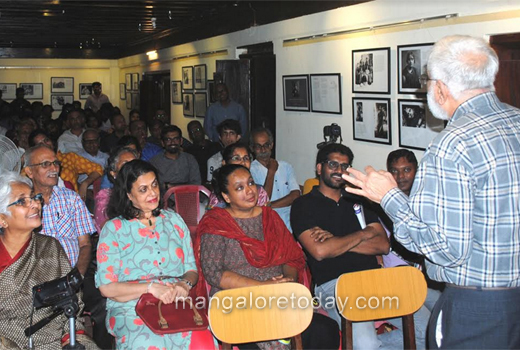
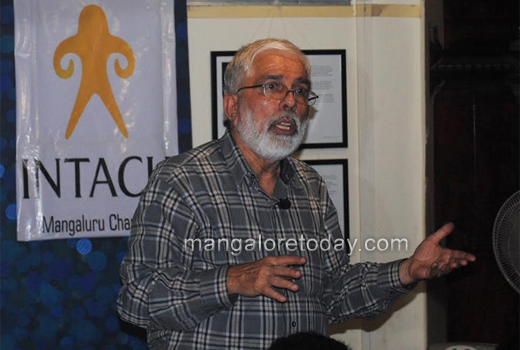
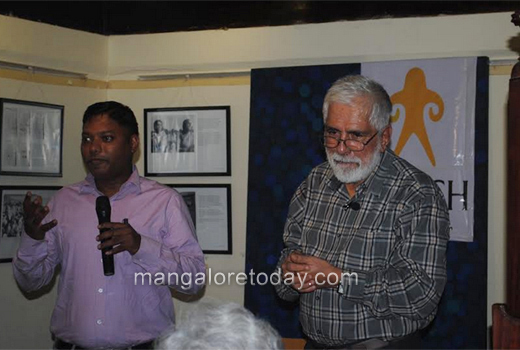
Explaining further, he said the idea of Mangalore brings to mind glorifying imagery, yet as far back as early 19th century, the city was confined to the small space between present day Hampankatta and the Deputy Commissioner’s Office. Even the present day Light House Hill was considered to be outside the town and it was mainly used for carrying out the execution of condemned people.
“In 1934, when the Basel Mission came here, land in present day Balmatta was gifted to them. Today it is prime land, but at that time it was considered to be a wilderness. You can imagine the size of the town from the location of Wenlock Hospital, Lady Goschen Hospital, the various old churches like Rosario and Milagres and the fact that the railway line ended right in the heart of the city. This is totally different from the notion of Mangalore we hold today,” he said.
He said there also seemed like a ghetto mentality was in prevalence. “What we today derogatorily call as Ghetto mentality is the tendency of people of live in huddle with those of their own. Hence we can see Christians settled around churches in Pandeshwar, Falnir and Valencia, Muslims in Bunder and Konkanis around Car Street. This may not have been a conscious strategy but something that evolved over time because people felt safer and more comfortable in the midst of their won flock,” he observed.
“In olden days there were many local chieftains who were mostly landlords, but they never really ruled this place. They were holding the power on behalf of the larger kingdoms like Vijaynagar Empire and the Hoysalas as all the powerful forces of the time were interested in controlling the access to the port. As a result of this, Kannada got superimposed on this region and Tulu script fell into disuse. The region became bilingual,” he said.
Touching upon the growth impetus, he said: “A city can gain importance because of trade, or by being a pilgrimage centre, but Mangalore was a trading centre only because of having a port. Mangalore’s importance rested solely on its access to the rivers and sea. The riverine system was useful in the regional trade. The access to the sea allowed for trade with Middle East and other places in the outside world. The main city of that time was hugging the river, the sea and beyond,” he said. “Though Udupi was a place of pilgrimage, Mangalore enjoyed no such distinction.”
“The growth of Mangalore actually took place 19th century onwards, after the British made this into a district headquarters. Until then it was just a port city. It was actually the growth in transport that helped the city to grow. The roads across the Ghats paved the way for free movement of populations. Later the city became an educational hub, leading to further growth,” he said.
Concluding his talk, he said that being emotionally connected to the city, people tend to see Mangalore in glorious terms. “By any stretch of imagination, Mangalore was not a spectacular city or a mega city. Just because we are a spectacular city today, we should not assume that in the past too it was that way. We should not have false notion about the past. What is most important is to have a sense of history. Glorifying the past or romanticizing the past is a form of self abuse and a kind of submissiveness and does not nurse our historical sense,” he said.
A surprise visitor to the event was the district Deputy Commissioner Sasikanth Senthil, who attended the talk out of his own interest. He sat through the entire talk and later, when asked for his comment, lauded the speaker for giving the audience food for thought. “This talk has given us a better understanding of Mangalore, which is the key. The speaker is a thinking historian. He has shown us how to apply logic and rationality to understand modernity. In times of difficulty, the ability to understand is very important. We need not be a great city, but we should always be a lovely city,” he said.
Prof. Subash Basu, convener of Mangaluru Chapter of Intach anchored the programme. Niren Jain gave a vote of thanks.
Founded in 1984, INTACH is a non-profit charitable body which has pioneered the conservation and protection of India’s natural and cultural heritage. It is today the largest membership based organisation in the country dedicated to conservation. Mangaluru Chapter of Intach was founded in 2017.